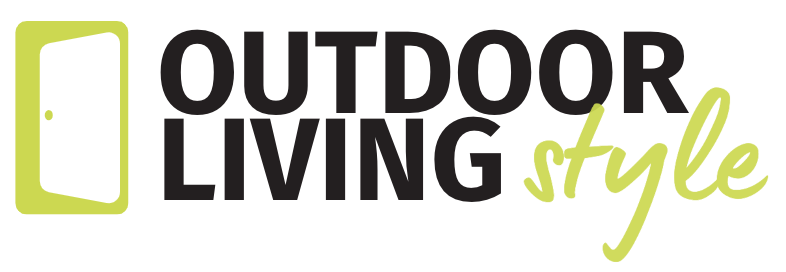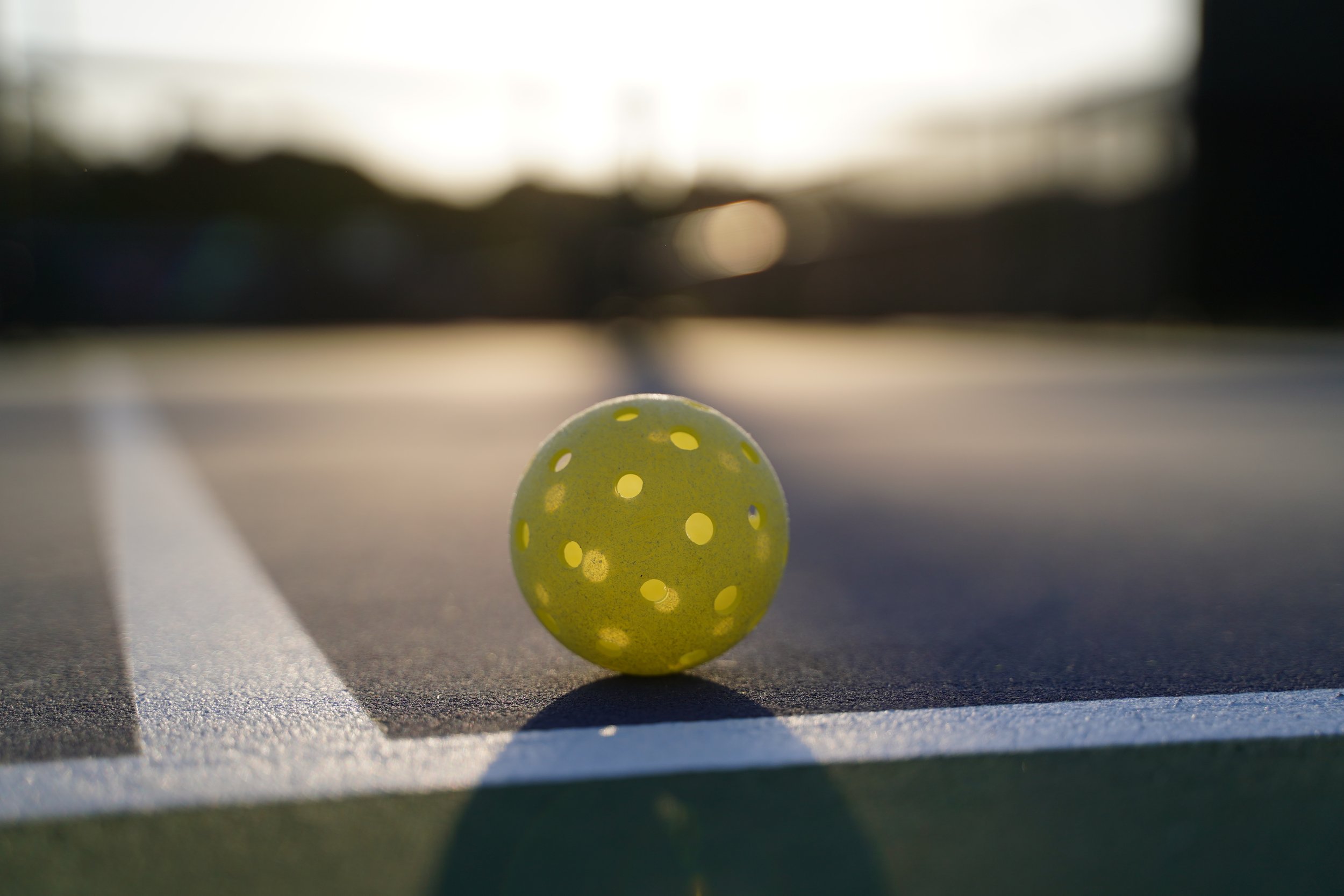Rules of the Court: How to Play Pickleball
When it comes to outdoor games, pickleball has been picking up steam in terms of rising popularity. Sort of a combination of ping pong, tennis, badminton, and having fun, pickleball is an easy sport to learn. And it's pretty fun, too!
You know how tennis scores go up in 15-point increments, then change as the game progresses? None of that here. Pickleball is easy to learn because the rules aren’t that complicated.
Pickleball Rules
Professional football has a list of rules that can read like court documents, and it seems like they make at least some changes every off-season. It’s complicated.
Pickleball isn't. It’s the kind of game where you can explain it in a few minutes and then have everyone participate.
Serve Underhand
Unlike tennis, you must serve underhand in pickleball. There aren’t those crushing serves you encounter in tennis because it’s hard to create the kind of speed required when you’re serving underhanded. It’s a much more leisurely action.
Servers must keep one foot behind the baseline and hit the ball diagonally across the court. If you serve from the back right corner of the court, you hit the ball to the opposite corner of the other side of the court. If you hit the ball to the wrong side, that’s a fault, and you lose the serve.
After each rally (continuous play between serve and fault) won by the serving player, they switch to the other side of the court for the next serve. For the first serve of the game, the player serves from the back right corner. If he wins the rally, his next serve will come from the left corner.
There is also a rule about the ball bouncing following the serve, which brings us to:
The Double Bounce Rule
This rule can be easy to forget for new players. After the serve, the ball has to bounce once on each side of the court before it meets a racquet. The ball bounces twice on the opening volley, hence the designation of the double bounce rule.
This bounce does not happen on the server’s side of the court immediately following the serve. Instead, the server hits the ball to the opposing side. It must bounce once (and only once) before the opposing player can hit it back to the server— that’s the first bounce.
When the ball comes back over the net to the server, he must also let it bounce once before hitting it. With these two required bounces, the natural advantage the server would otherwise enjoy no longer exists. The real benefit to this rule, though, is that it extends play by making each volley last a little longer.
After both bounces, players are free to volley, where they hit the ball before it bounces on their side of the net, or they may play a groundstroke, which involves hitting the ball after it bounces.
The Lines on the Court
While pickleball is one of those yard games you can play in lots of non-court locations, the lines of a pickleball court have their purposes. Of course, there are the outer lines that define the playing field. Hitting the ball so that it bounces out of bounds ends the volley and costs the offending player a point or the serve.
In addition to those lines, though, are the midcourt lines defining the non-volley zone. It sits on either side of the net, runs the entire 20-foot width of a regulation pickleball court, and extends back seven feet from the net. While players may enter the non-volley zone at any point, they can’t hit the ball out of the air while in the zone.
Another name for the zone is the kitchen. In the rare instance of a ball bouncing in the kitchen and the player finds himself in that zone, he may hit the ball without causing a fault. When it comes to hitting a volley, no part of the player can enter the kitchen.
If a player’s forward momentum propels her into the non-volley zone, it will be a fault. Her feet can’t touch the line at any time during the volley, and she will earn a fault if even her hat falls off her head and lands in the kitchen during the volley.
Play for Points
Players win a pickleball game by scoring 11 points and winning by two. Conceivably, a game could go on into the teens and higher because of the by-two rule. Tournament play can go to 15 or 21 points, also with the win-by-two requirement.
Doubles in Pickleball
You can double the number of participants by playing, well, doubles. While you don’t have to re-learn the entire game, the serving rules for playing doubles can be confusing.
This is because each player gets a turn at serving. Let’s say that Team A has two players, Jon and Bob. Jon serves to Team B. If Team B wins the rally by forcing Team A to commit a fault, Team B does not score a point or they win the serve. Instead, Bob serves next.
If Team B wins that rally, as well, then Team A loses its serve with a side-out, meaning they turn the ball and the right to the next serve over to Team B. Team B then serves following the same procedure. Only the serving player or team can score points in pickleball.
Get Your Pickleball On
We love our outdoor games, and pickleball provides the fun and exercise many of us want more of in our lives. The best yard games are easy to learn and pickleball certainly fits the bill. Just remember these key points:
Serve underhanded
Avoid the kitchen
Abide by the double-bounce rule
Don’t hit it out of bounds
Score 11 and win by two
Above all, HAVE FUN
That’s all you need to know to get your pickleball on, though being good at pickleball may take a little longer than having the rules explained to you.

